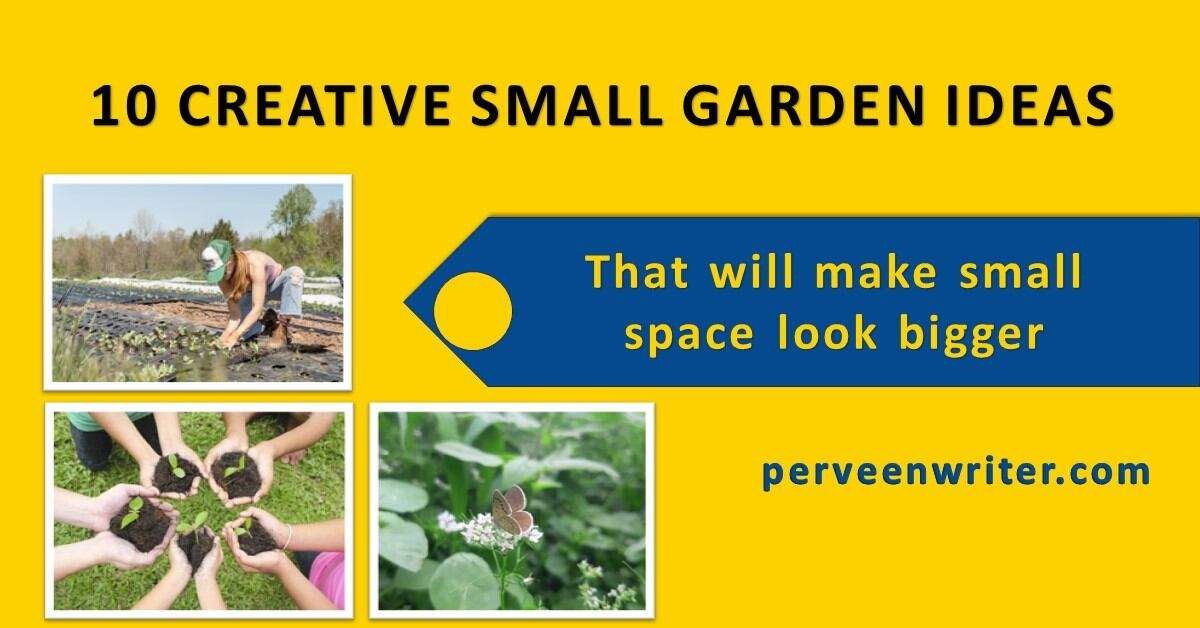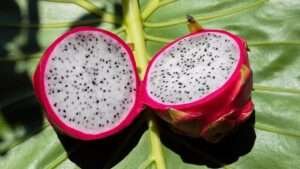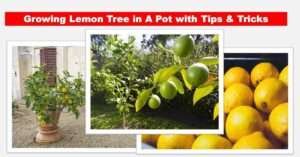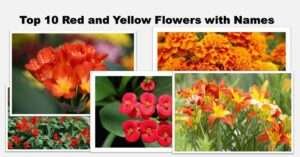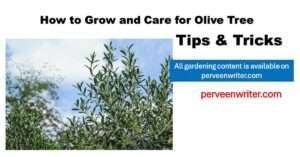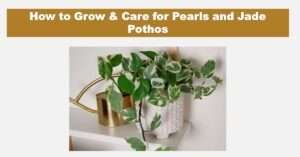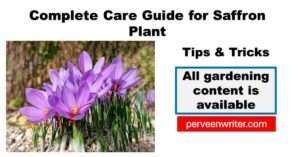What you will read in this Blog?
ToggleWhat is Compost?
COMPOST IS A MATERIAL MADE BY THE DECOMPOSITION OF SOLID WASTE. THIS WASTE MATERIAL BE COW DUNG, KITCHEN SCARPS, COOKED MEAT, VEGETABLE SCARPS ETC. IT IS FULL OF NUTRIENTS AND HELPFUL FOR PLANTS AND GARDENING.perveenwriter.com
What is Vermicomposting?
It is a type of compost. In this, some worms are used to decompose the solid waste into organic waste. This organic waste is full of nourishment for plants. Some earthworms are used for this purpose.
How is vermicomposting made?
Vermicomposting is a scientific method in which we make compost using earthworms. These earthworms live in this solid waste. They cultivate it again and again. They eat solid waste and create a digested form of biomass.
Vermiculture means farming with the help of worms. These worms are fed on waste and give out some extract in digested form. This digested form contains Magnesium, Calcium, Phosphorus, and Potassium. This vermicomposting enhances the quality of soil. The quality of soil increases and the production of plants increases.
Method of making vermicomposting:
Bed Method: It consists of many steps. These steps are given below:
- Collect Cow Dung
- Solarize cow dung for 8 to 10 days in open area
- Make beds of soil.
- Spread the solarized cow dung on the soil beds
- Sprinkle water on the cow dung daily. In almost 6 to 7 days, this process should be done.
- IMPORTANT NOTE: The purpose of sprinkling water is to remove urine from cow dung. When the urine has been removed, continuously sprinkle water on cow dung, then stop spraying water.
- How to see that urine has been removed from cow dung?
- Soil beds are made for this purpose. Soil bed is made as corners are smaller than mid. When you put water on the cow dung, extra water falls from the lower corners of the soil bed. When the first time water is sprinkled, some yellowish water is removed from cow dung. When continuously this process is done daily. The water that falls converts into clear white water. Step 4: stop at this moment.
- Put some vermis or earthworms into the dump cow dung. These earthworms or vermis are cultivated into cow dung. Cow dung is spun again and again. One vermis boosts 5 to 6-kilogram cow dung in a day.
- After putting the vermis into the cow dung, You have to wait 15 to 20 days. It would be covered with a thick cloth.
- Put water continuously.
- After one month it is ready to put into plants.
How does vermicomposting look?
It is dark in color. Because vermicomposting is cultivated repeatedly, cow dung pieces will be broken into small pieces. It is ready in 6-8 weeks.
Which nutrients are in vermicomposting?
Nitrogen
Phosphorous
Potassium
Calcium
Manganese
Zinc
Iron
Advantages of Vermicomposting
When used in plants, less water is required in growing plants because it controls water level.3. It is not harmful to any plant4. It increases the nourishment ratio5. It is smooth. It makes the roots of plants soft. When roots are delicate, they can easily search for water from the earth. It does not resist the roots anywhere to nourish. It increases the growth of plants.6.It is very easy to make7. Let’s make it on a large scale. It is not rotten anywhere.8. Large quantities of vermicomposting do not spoil the plant.9. It is full of many nutrients such as Potassium, Phosphorous, Nitrogen, Manganese, Calcium, etc.10. It is very cost effective.11. Cow dung is easily available12. Waste material is used in its making, so it is eco-friendly. 13. Can be used at small or large scale14. It can be made on a small or large scale15. It can be stored easily for future use16. It enhances the flower structure.
What are the benefits of Greenery Yarn
10 SMALL GARDEN IDEAS THAT WILL MAKE SMALL GARDEN LOOK BIGGER
Disadvantages of Vermicomposting
- High maintenance is required
- Time-consuming process
- High odor
- Hard to maintain a moisturizer level
- Earthworms are costly
Conclusion:
Kitchen ingredients are converted into high-nutrient soil. This fertile soil increases the nourishment of the soil. Vermicomposting is the step by step process. This process can be made at a large scale in the open air or compost bin. Waste material can be changed into another form of compost, but cow dung is used mainly in vermicomposting. Cow dung is used, while urine is easily removed from the cow dung. Cow dung urine is removed strategically by making soil beds. Soil beds are very helpful in eliminating the urine of cows or buffalo. After removing urine, some earthworms are released into the solarized ( dry cow dung in the light of the sun) cow dung. They cultivate the solarized cow dung repeatedly, and a color compost is done.
This color compost is made by vermis regular cultivation into the cow dung. It is very helpful for plants to enhance growth. There are more advantages than disadvantages.
